Note that iPhone devices from Mainland China aren’t eSIM compatible. Also iPhone devices from Hong Kong and Macao aren’t compatible (except for iPhone 13 Mini, iPhone 12 Mini, iPhone SE 2020 and iPhone XS)
Japan’s rich cultural heritage is deeply rooted in its traditional art forms, which have been passed down for centuries. From the delicate strokes of calligraphy to the mesmerizing movements of Noh theater, these artistic expressions capture the essence of Japanese aesthetics and philosophy. Whether you’re an art enthusiast or a curious traveler, exploring these timeless traditions offers a deeper appreciation of Japan’s artistry and craftsmanship.
The Beauty of Ukiyo-e Woodblock Prints
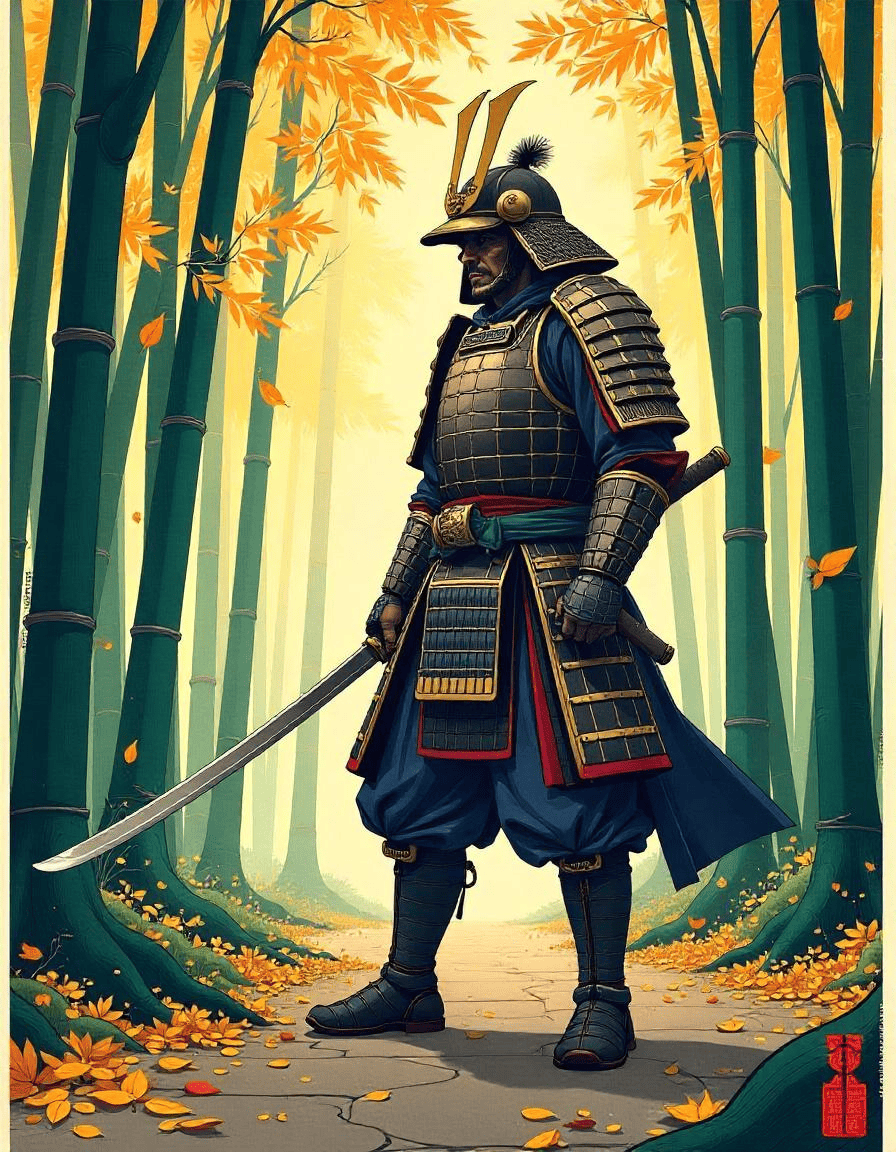
Ukiyo-e, which translates to “pictures of the floating world,” is a style of woodblock printing that flourished during the Edo period. These prints often depicted beautiful landscapes, kabuki actors, and scenes from everyday life. What makes Ukiyo-e unique is its intricate detail and vibrant colors, achieved through meticulous carving and layering techniques. Artists like Hokusai and Hiroshige became world-famous for their works, such as “The Great Wave off Kanagawa” and “The Fifty-Three Stations of the Tōkaidō.” Today, you can find Ukiyo-e prints in museums and galleries, offering a glimpse into Japan’s cultural heritage.
The Craftsmanship of Japanese Pottery
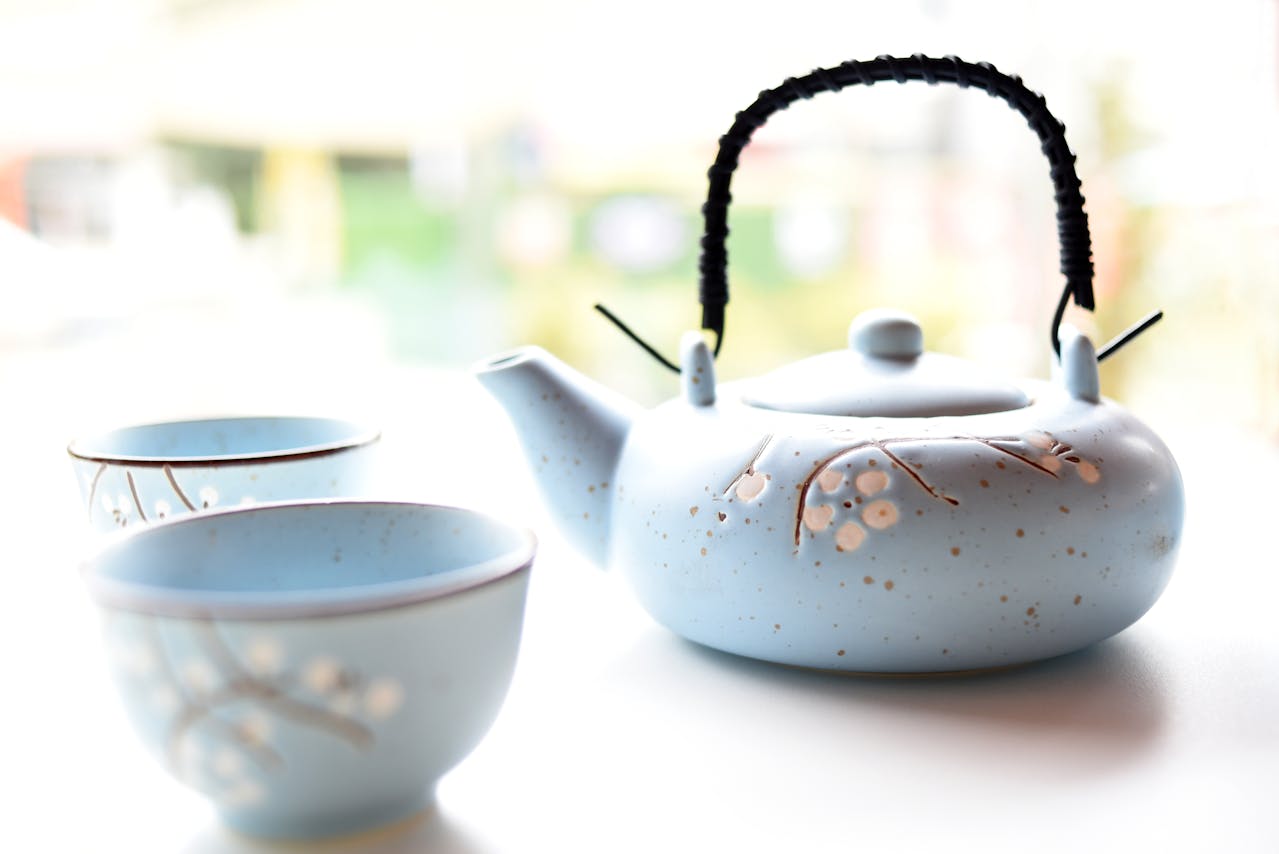
Japanese pottery is more than just functional—it’s an art form that reflects the country’s deep respect for nature and tradition. From the rustic charm of Raku ware to the refined elegance of Arita porcelain, each style has its own story. Pottery-making in Japan often involves techniques passed down through generations, with potters dedicating their lives to perfecting their craft. Visiting a pottery village, like Mashiko or Shigaraki, offers a hands-on experience where you can try your hand at this ancient art.
The Elegance of Ikebana Flower Arranging
Ikebana, the Japanese art of flower arranging, is much more than placing flowers in a vase. It’s a disciplined art form that emphasizes harmony, balance, and simplicity. Practitioners carefully consider the shape, line, and color of each element, creating arrangements that reflect the changing seasons. Ikebana schools, such as Sogetsu and Ikenobo, teach this practice worldwide, making it accessible to those who wish to explore its meditative and artistic aspects. The philosophy behind Ikebana reminds us to find beauty in imperfection and impermanence.
Modern Art and Architecture in Japan

The Rise of Contemporary Japanese Artists
Japanese contemporary art has taken the global stage by storm, blending traditional aesthetics with modern ideas. One standout feature is how artists here often connect deeply with nature and technology. From Yayoi Kusama’s bold polka-dotted works to Takashi Murakami’s colorful “Superflat” movement, the variety is stunning. Many artists also explore themes of identity and history, giving their work emotional depth. If you’re into art that challenges norms, Japan’s modern scene won’t disappoint.
Iconic Modern Art Museums in Tokyo
Tokyo is home to some of the most iconic art museums you’ll ever visit. Here are three must-sees:
- The National Art Center, Tokyo: Known for its futuristic glass design and rotating exhibitions.
- Mori Art Museum: Located in Roppongi Hills, this spot is famous for its cutting-edge contemporary art.
- The 21_21 Design Sight: Co-founded by fashion designer Issey Miyake, this museum focuses on design as art.
Each of these spaces offers a unique experience, from thought-provoking installations to hands-on exhibits.
Share Your Journey Through Art Museums in Tokyo
Stay online in Japan with instant eSIM for Japan activation.
Architectural Marvels in Japanese Art Spaces
The architecture of Japan’s art spaces is a masterpiece in itself. You’ll find buildings that feel like art, such as the Teshima Art Museum, which blends seamlessly with its natural surroundings. Another example is the Miho Museum in Shiga Prefecture, designed by I.M. Pei, which is partially hidden within a mountain. These spaces do more than house art—they create an atmosphere that enhances the entire experience.
Visiting modern art spaces in Japan is about more than just seeing art. It’s about stepping into a world where creativity and structure coexist beautifully. Whether you’re walking through a museum or gazing at its design, every moment feels intentional.
The Island of Art: Naoshima
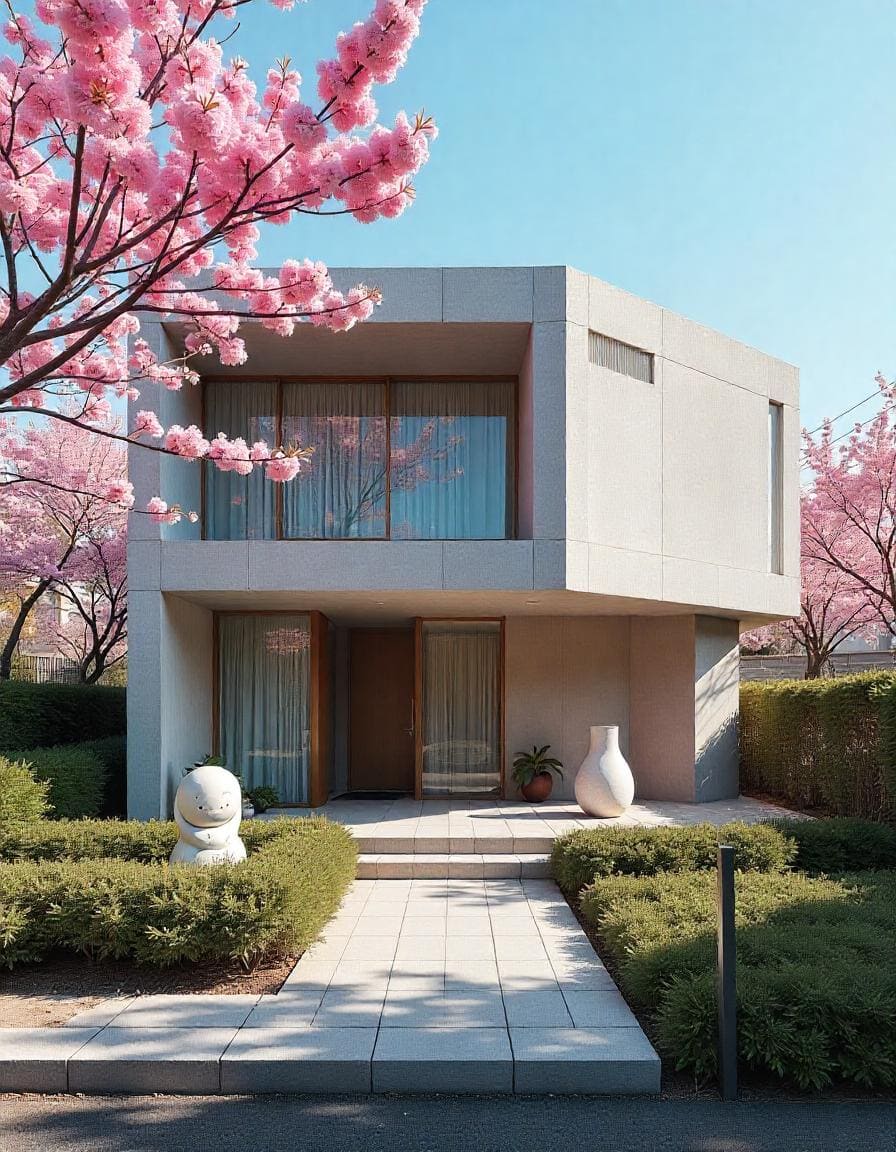
Yayoi Kusama’s Pumpkin Sculptures
One of the most iconic sights on Naoshima is Yayoi Kusama’s bold and colorful pumpkin sculptures. These works of art, perched on the island’s shores, are impossible to miss. The bright yellow and black polka-dotted pumpkin is particularly famous, sitting dramatically at the end of a pier. It’s a perfect blend of whimsy and surrealism, embodying Kusama’s unique artistic vision. Visitors often find themselves drawn to these sculptures, not just for their beauty but for the way they interact with the surrounding sea and sky.
The Chichu Art Museum Experience
The Chichu Art Museum isn’t your typical museum—it’s an experience. Designed by the renowned architect Tadao Ando, this museum is mostly underground, allowing it to harmonize with the island’s natural landscape. Inside, you’ll find works by Claude Monet, James Turrell, and Walter De Maria. Light plays a crucial role here, with the architecture enhancing how the art is viewed throughout the day. It’s an intimate and meditative space that encourages visitors to slow down and truly absorb the art.
Outdoor Installations and Nature
Naoshima doesn’t just confine its art to galleries. The island itself is a canvas, featuring outdoor installations scattered across its hills and beaches. From sculptures nestled in grassy fields to art pieces integrated into old village houses, there’s always something unexpected around the corner. Walking through the island feels like a treasure hunt, with each turn revealing a new artistic surprise. The combination of art and nature creates a tranquil yet inspiring atmosphere, making Naoshima a must-visit for any art enthusiast.
Hidden Gems: Lesser-Known Art Museums
Discovering Regional Art in Hokkaido

Hokkaido might be famous for its snow festivals and seafood, but it’s also home to some unique art hubs. The Hokkaido Museum of Modern Art in Sapporo showcases works that blend the region’s natural beauty with modern creativity. Smaller galleries, like the Abashiri Art Museum, often feature local artists whose pieces reflect the area’s distinct seasons. These hidden spots offer a quieter, more personal art experience, far removed from the bustling museums in Tokyo.
Quirky Galleries in Shikoku
Shikoku’s art scene is as diverse as its landscape. The Otsuka Museum of Art is a must-see, with its life-size ceramic reproductions of famous Western masterpieces. But don’t miss the smaller, quirky galleries scattered across the island. Places like the Tokushima Modern Art Museum and private collections in Matsuyama give you a glimpse into the soul of Shikoku’s art culture. If you love surprises, these galleries will keep you intrigued.
Private Collections Open to the Public
Japan has a tradition of private collectors sharing their treasures. The Adachi Museum of Art in Shimane is a perfect example, with its stunning gardens and curated art. Another gem is the Kawamura Memorial DIC Museum of Art near Tokyo, where you’ll find rare works by Monet and Picasso. These spaces often feel like stepping into someone’s home—intimate, welcoming, and filled with passion for art.
Hidden museums like these are where you’ll find Japan’s art at its most authentic and personal. They’re places to slow down, take a breath, and truly connect with the work in front of you.
The Intersection of Technology and Japanese Art

Digital Art Installations in TeamLab Borderless
TeamLab Borderless is like stepping into another dimension. Imagine walking through a space where walls dissolve, colors shift, and you become part of the art itself. It’s not just art you see—it’s art you feel. The digital installations here are powered by cutting-edge technology, blending light, sound, and motion to create immersive experiences. For instance, in one room, flowers bloom and fade as you move, responding to your presence in real time. This space truly redefines what art can be in the modern age.
The Role of Robotics in Modern Japanese Art
Robots in art? Yep, it’s a thing. Japanese artists are pushing boundaries by integrating robotics into their work. From humanoid sculptures that mimic human emotions to robotic installations that interact with viewers, these creations challenge our ideas about life and technology. One standout example is a robot that paints abstract art. It’s fascinating to watch technology create something so deeply human. This blend of engineering and creativity shows how Japan continues to innovate in the art world.
Projection-Mapping and Immersive Experiences
Projection mapping takes ordinary surfaces—walls, ceilings, even entire buildings—and turns them into dynamic canvases. In Japan, this technique is often used in festivals and exhibitions, transforming spaces into living, breathing works of art. One popular example is projection mapping on historic castles, where stories from the past are brought to life in vivid detail. Another is indoor exhibits where entire rooms are bathed in light and motion, making you feel like you’ve stepped into a dream. Projection mapping is more than just a visual treat; it’s a full-body experience that leaves a lasting impression.
Technology isn’t replacing traditional art in Japan—it’s expanding what art can be. By blending the old with the new, Japan is creating a vibrant, boundary-pushing art scene that’s as innovative as it is beautiful.
Traditional Crafts as Living Art
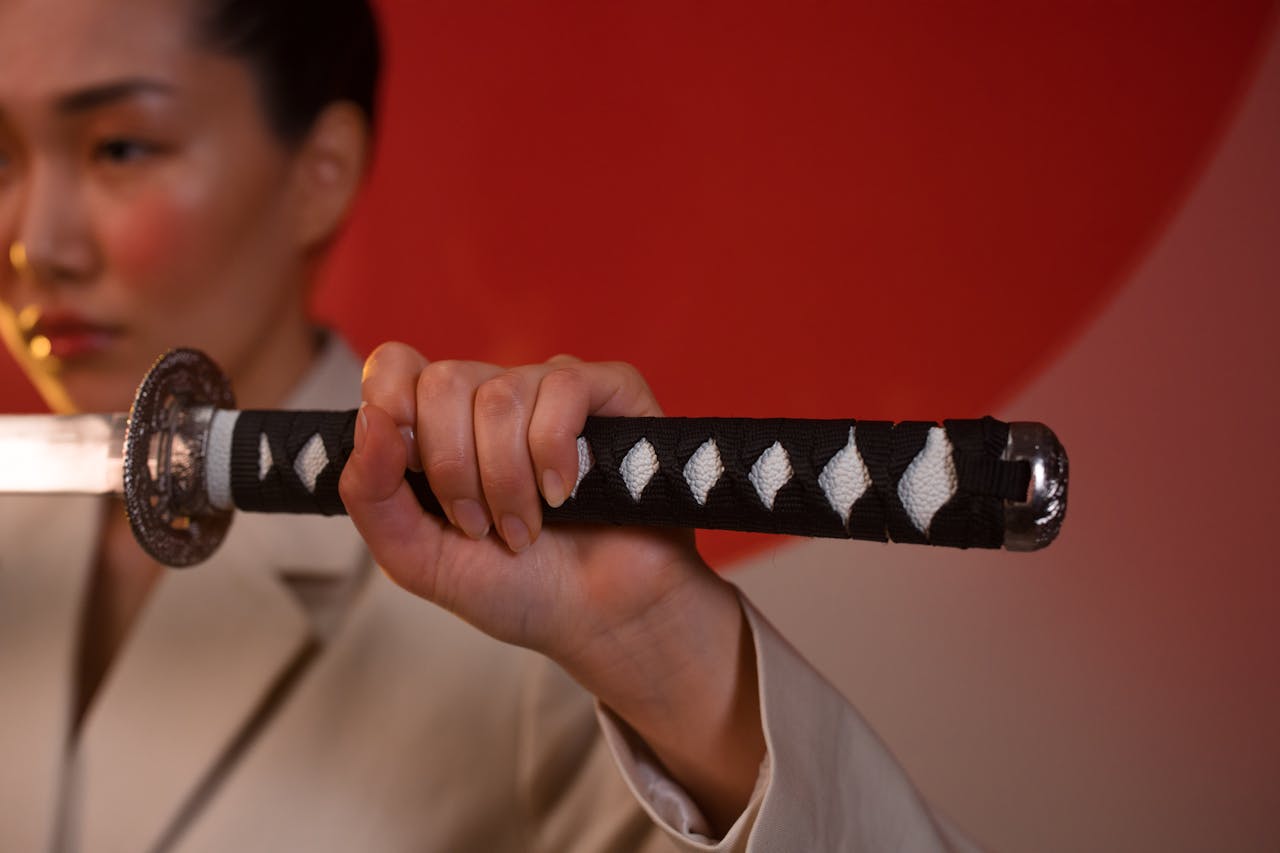
The Legacy of Japanese Swordsmithing
Japanese swordsmithing is more than just a craft; it’s a way of life. For centuries, artisans have honed their skills to create katana blades that are both functional and breathtakingly beautiful. The process involves folding and hammering steel repeatedly to achieve unparalleled strength and sharpness. Each blade tells a story, infused with the dedication and spirit of its maker. Today, these swords are not just weapons but revered as works of art, often displayed in museums or passed down as heirlooms.
The Art of Kimono Weaving and Dyeing
The kimono, an iconic symbol of Japanese culture, owes its beauty to the intricate techniques of weaving and dyeing. From kasuri patterns created by pre-dyeing threads to the delicate hand-painted designs of yuzen, each kimono is a masterpiece. Artisans often use natural dyes derived from plants, ensuring vibrant yet subtle colors. This craft is labor-intensive, with some kimonos taking months to complete. Wearing a kimono is like draping oneself in history and art, a living testament to Japan’s aesthetic sensibilities.
Preserving the Tradition of Japanese Lacquerware
Japanese lacquerware, or urushi, is a testament to patience and precision. The process involves coating objects like bowls, boxes, or trays with layers of lacquer derived from tree sap. Each layer is painstakingly polished before the next is applied, resulting in a glossy, durable finish. Some pieces are adorned with gold or silver powder in a technique called maki-e, turning everyday items into luxurious art objects. Despite modern alternatives, traditional lacquerware continues to be cherished for its timeless elegance and durability.
Japanese crafts are not just about creating objects—they’re about preserving a way of life, where beauty and functionality coexist in perfect harmony.
Seasonal Art Festivals Across Japan
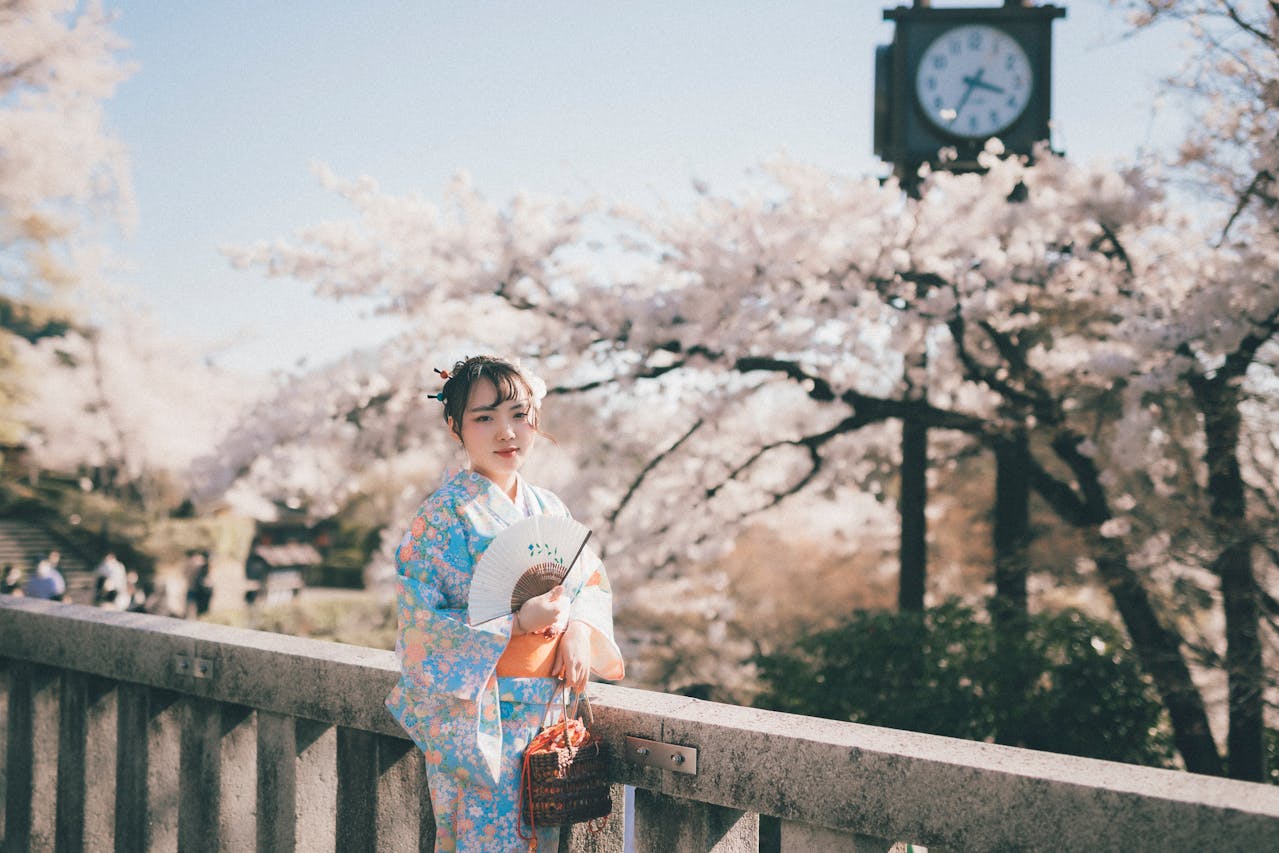
The Echigo-Tsumari Art Triennale
The Echigo-Tsumari Art Triennale is one of the largest and most ambitious art festivals in Japan. Held every three years in the rural Niigata Prefecture, this festival transforms the countryside into a massive outdoor museum. Artists from all over the world create site-specific works that interact with the landscapes, abandoned schools, and rice paddies. It’s a unique blend of art and nature that you won’t find anywhere else. Visitors can explore installations spread across dozens of villages, making it an adventure as much as an art experience.
Cherry Blossom-Inspired Art Exhibitions
Spring in Japan is synonymous with cherry blossoms, and many art exhibitions take inspiration from this fleeting and delicate season. These exhibitions often feature traditional sakura-themed paintings, modern interpretations, and even interactive installations. Some museums and galleries host workshops where visitors can create their own cherry blossom-inspired art. It’s a wonderful way to celebrate the season while engaging with Japanese culture.
Winter Illuminations as Art
Winter in Japan comes alive with stunning illumination events that are as much about art as they are about light. These displays, often held in parks or city squares, use millions of LED lights to create intricate designs and immersive experiences. Some illuminations are even synchronized with music or feature projection mapping. Popular spots like Nabana no Sato in Mie Prefecture and Tokyo Midtown turn into magical wonderlands during the colder months. If you’re visiting in winter, this is an unmissable treat.
Share Your Views About the Japanese Art Festival
Experience hassle-free connectivity wherever you go.
Japan is home to many exciting art festivals that change with the seasons. From the vibrant cherry blossoms in spring to the colorful leaves in autumn, each festival showcases unique local art and culture. If you’re planning a visit, don’t miss out on these amazing events! For more information on how to stay connected during your travels, check out our website and explore eSIM Japan for seamless connectivity on the go!
Wrapping It Up
So, there you have it—Japan is a treasure trove for art lovers. Whether you’re wandering through a sleek modern gallery in Tokyo or exploring a quiet, tucked-away museum on Naoshima Island, there’s something here to inspire everyone. The mix of tradition and innovation is what makes Japan’s art scene so unique. If you’re planning a trip, make sure to leave room in your itinerary for these incredible experiences. Trust me, you won’t regret it. And hey, if you can’t make it there just yet, there’s always next time. Art in Japan is timeless, and it’s always waiting for you.
Seamless Mobile Data Everywhere
















